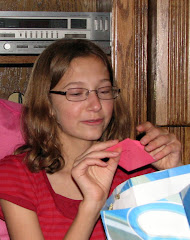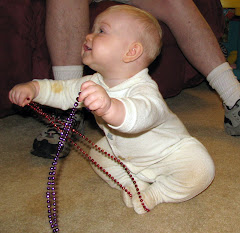You can make a centrifuge by taking a piece of tubing with one end sealed, filling it with the liquid which you wish to centrifuge and taping it to the side of a single beater egg beater. Turn the crank and the tubing spins around rapidly thus causing the tubing to be an effective centrifuge tube.
Lacking this inexpensive egg beater, you could use an electric one by putting only one beater in place.
Go to this YouTube video and see it work.
http://www.rsc.org/AboutUs/News/PressReleases/2008/EggBeaterCentrifuge.asp
Lacking this inexpensive egg beater, you could use an electric one by putting only one beater in place.
Go to this YouTube video and see it work.
http://www.rsc.org/AboutUs/News/PressReleases/2008/EggBeaterCentrifuge.asp



















